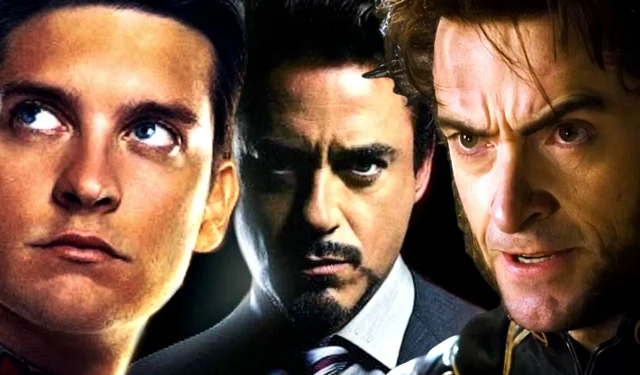
The evolution of Marvel’s Cinematic Universe (MCU) represents a remarkable transformation in the entertainment industry. If Marvel’s initial plans for a film franchise had come to fruition, the MCU as we know it might not even exist today. From the groundbreaking assembly of The Avengers in 2012 to the epic culmination with Thanos in 2019’s Avengers: Endgame, Marvel has continually expanded its universe. With projects like WandaVision paving the way for streaming success and the highly anticipated Avengers: Secret Wars on the horizon, Marvel Studios has a jam-packed slate for the coming years.
Under Kevin Feige’s visionary leadership, the MCU has grown into a phenomenal entity, amassing nearly $30 billion in box office revenue and attracting some of Hollywood’s brightest stars. Since Iron Man launched the franchise sixteen years ago, the MCU has now expanded to encompass over thirty-four films, fifteen television series, and two Special Presentations, along with several shorts. Characters once considered C-listers are now beloved icons, and supporting roles have even spawned their own spin-offs. Yet, it is essential to realize that the MCU’s existence was nearly derailed before it even began.
Marvel’s 1999 Strategy to Feature A-List Heroes Across Multiple Studios
Initial Plans Ignored the Concept of a Cinematic Universe

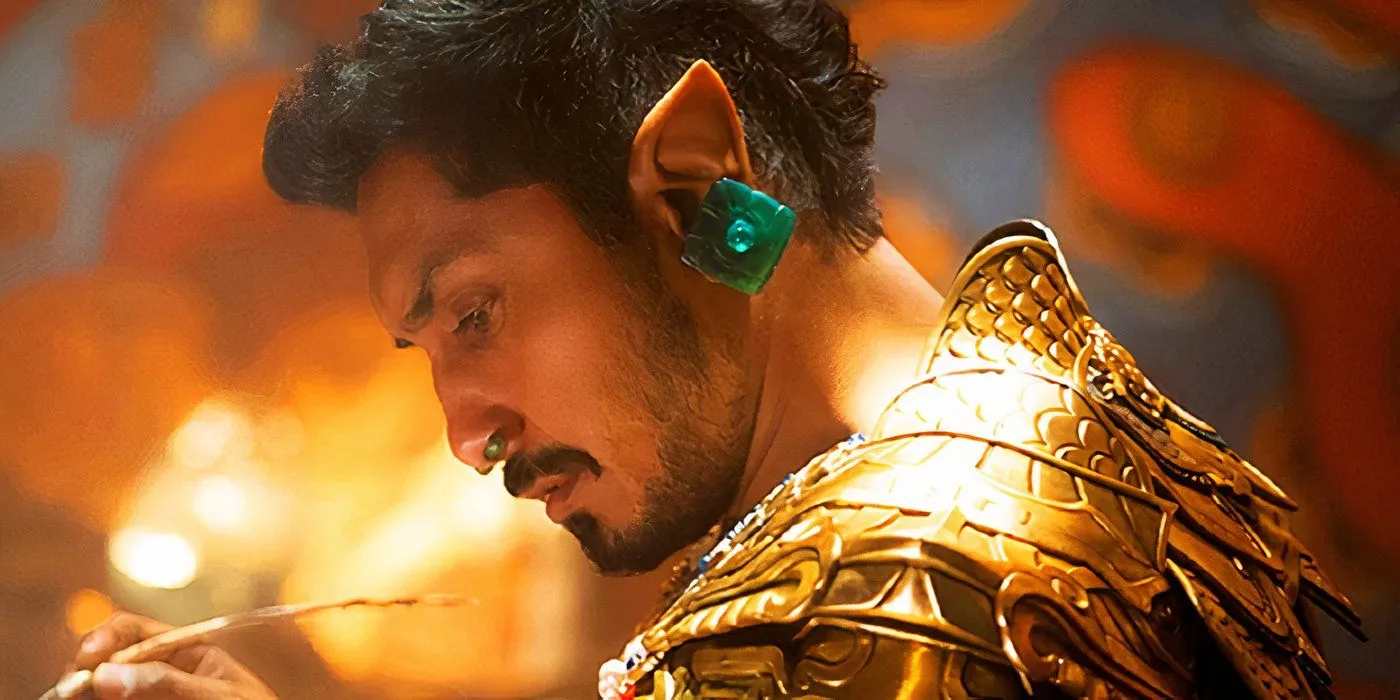
In the 1990s, Marvel faced significant financial troubles, including bankruptcy, due to factors like the collapse of the comic speculation market and shifts in distribution methods. In light of this crisis, Marvel made the strategic decision to sell off its film rights to various studios, all of which had differing visions for adapting Marvel characters. In 1999, Avi Arad, then CEO of Marvel Enterprises, unveiled an ambitious plan to produce theatrical adaptations (source: Variety). This new direction sought to breathe life into iconic Marvel characters in a manner more authentic than the unfortunate adaptations of years past, such as the 1979 Captain America and the 1986 Howard the Duck.
Capitalizing on the success of Blade at New Line Cinema in 1998 motivated Marvel to pursue various high-profile adaptations, including Spider-Man and Doctor Strange at Sony, Hulk and Namor at Universal, and X-Men and Fantastic Four at 20th Century Fox, along with still promising projects for Black Panther at New Line and a Blade sequel. Other concepts, like Iron Man, Daredevil, and Captain America were also in the nascent stages of development. Initially, animated films for Thor were also proposed but eventually evolved into live-action ideas.
| Marvel Project | Studio |
|---|---|
| Spider-Man | Sony Pictures |
| Doctor Strange | Sony Pictures |
| Hulk | Universal Pictures |
| Namor the Sub-Mariner | Universal Pictures |
| X-Men | 20th Century Fox |
| Fantastic Four | 20th Century Fox |
| Silver Surfer | 20th Century Fox |
| Daredevil | 20th Century Fox |
| Black Panther | New Line Cinema |
| Iron Man | 20th Century Fox / New Line Cinema |
| Captain America | Marvel Studios |
| Thor | Sony Pictures / Paramount Pictures |
| Prime | Universal Pictures |
| Damage Control | Unknown |
In an interview with Variety, Avi Arad articulated Marvel’s strategic goals, emphasizing, “Our three big profit centers are publishing, toys and licensing, the latter of which encompasses movies, TV and videogames.” He depicted a vision of franchise-building that opted for standalone films with limited interconnected continuity instead of a standardized cinematic universe. He stated, “You jump-start things with an event movie, follow up with a TV show for continuity and fashion a high quality videogame. When the three are combined and introduced successfully, that creates a very powerful brand.” This philosophy substantially differed from the interconnected approach currently embraced by the MCU.
Challenges in Actualizing Marvel’s 1999 Film Slate
Studios Approached Marvel Adaptations Differently
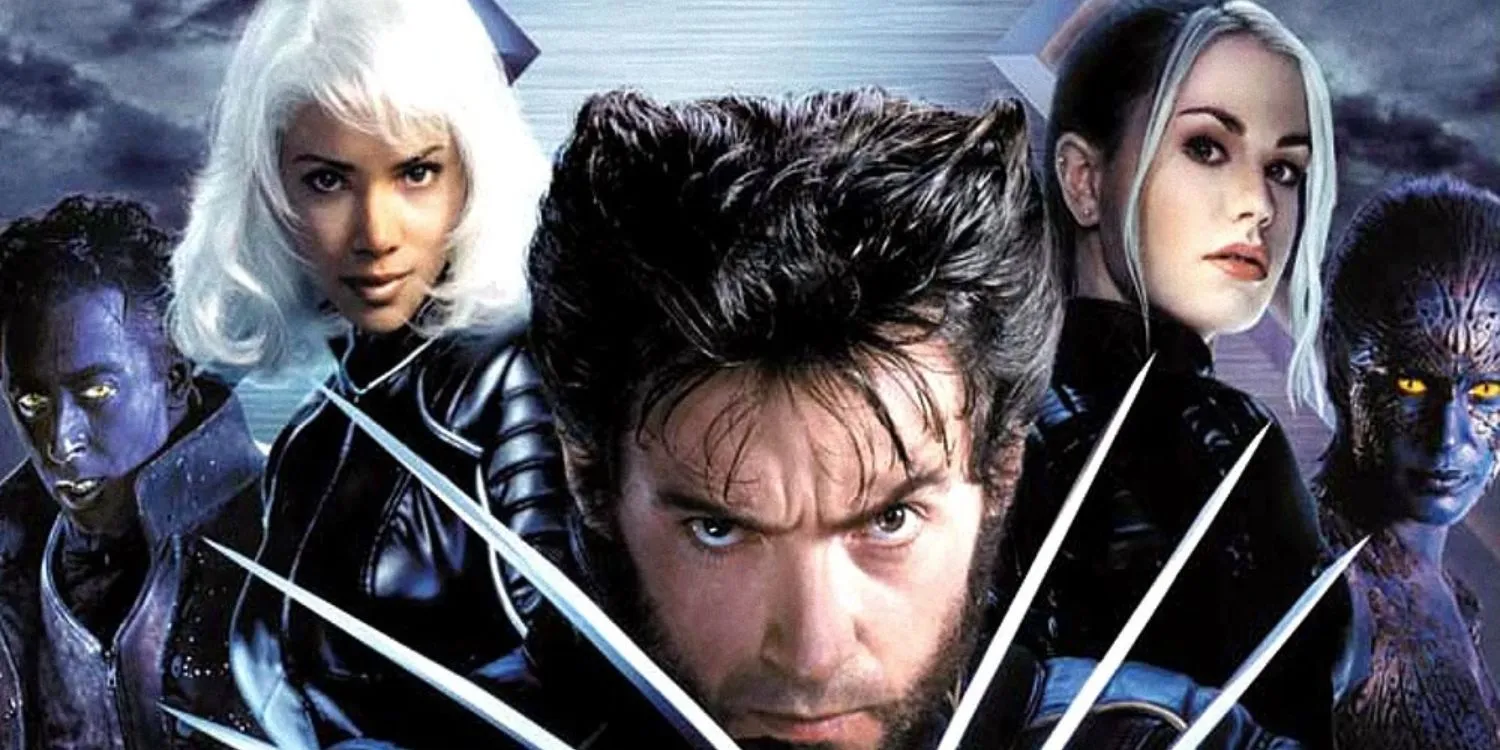
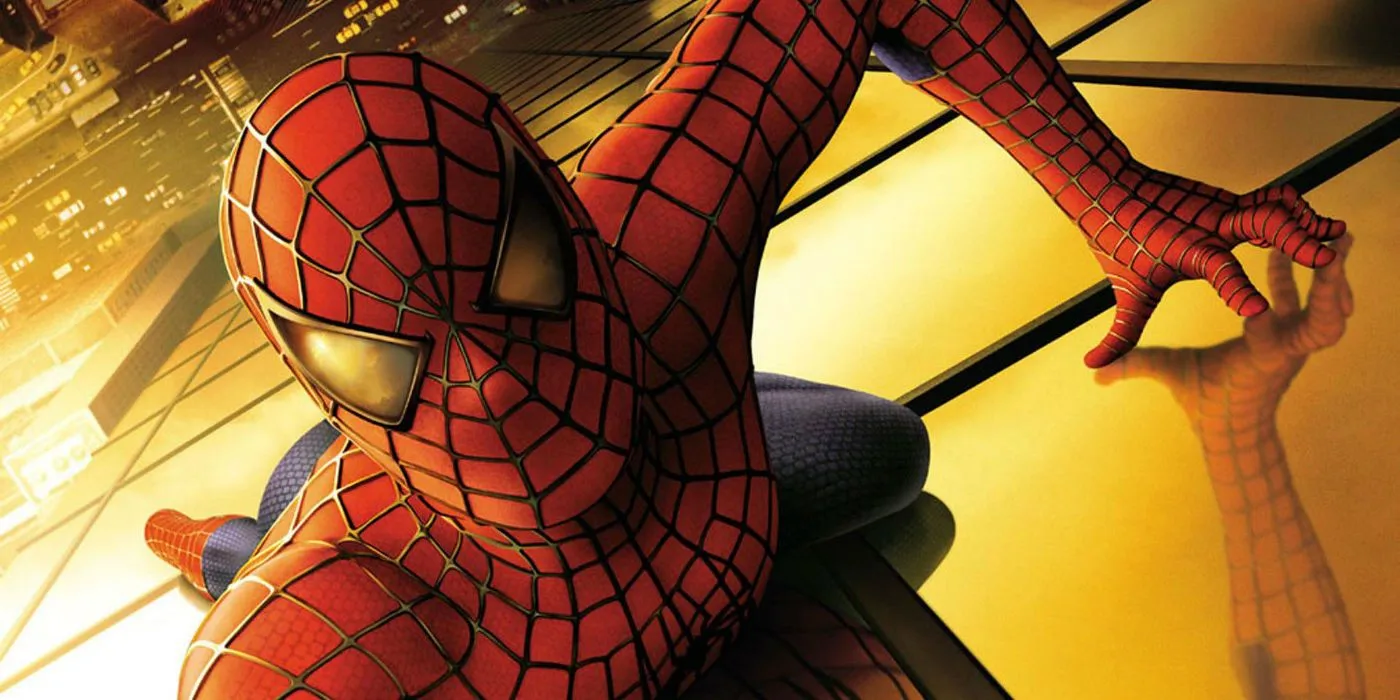
Shortly after the 1999 announcement, each major Marvel movie property was placed into distinct development tracks across multiple studios. Fox led the charge with Bryan Singer’s X-Men in 2000, establishing a precedent for superhero films. This film’s success paved the way for a sequel, whereas projects like Daredevil, Hulk, and Fantastic Four, though not as critically renowned, contributed positively to the genre’s momentum.
Numerous directors were in contention for many Marvel projects. For example, Sam Raimi was originally considered for Thor prior to his involvement with Spider-Man, and Ang Lee, who directed Hulk, had also been eyed for Spider-Man. Several concepts for characters such as Doctor Strange and Namor faced challenges well before the early 2000s. The competition for the Doctor Strange project was fierce among multiple studios, and it led to significant delays. Early drafts and development hurdles plagued the stories for Iron Man, Captain America, and Thor before they even saw activation under Marvel Studios.
Fate of Planned Projects from Marvel’s 1999 Film Slate
The MCU has Finally Introduced Long-Desired Characters
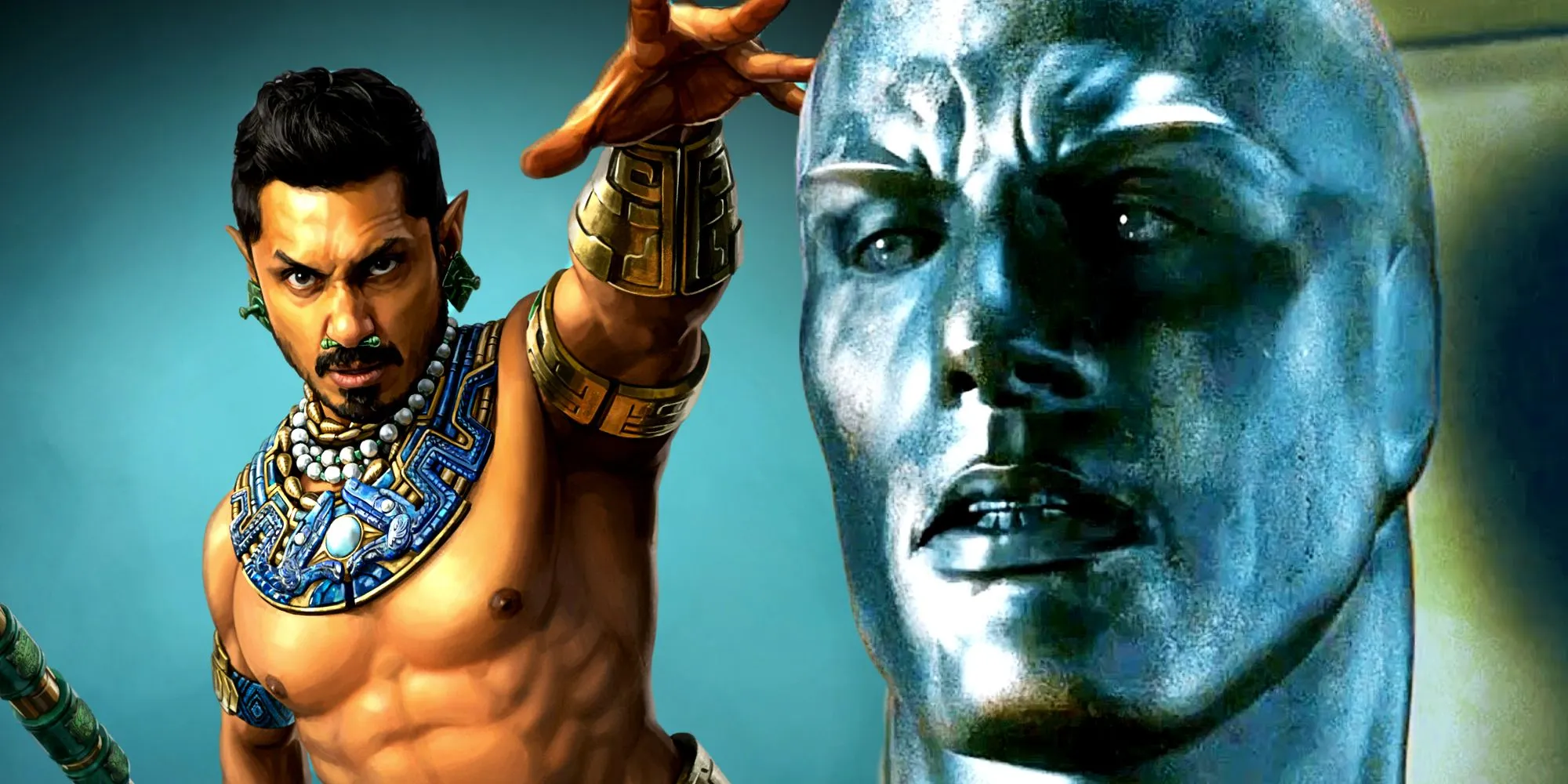
Iron Man, Captain America, Thor, and Doctor Strange saw their live-action adaptations realized only after the establishment of the MCU. The Hulk also experienced a reboot within the universe, and upcoming solo projects like The Fantastic Four: First Steps and Daredevil: Born Again are set to debut in 2025. However, despite being integrated into MCU lore now, characters like the Silver Surfer and Namor have yet to appear in standalone films. Notably, Silver Surfer’s original movie project was scrapped alongside Fox’s version of Fantastic Four, while a solo Namor film has faced hurdles due to distribution rights still being with Universal.
The Department of Damage Control has made appearances in the MCU since Iron Man. Namor marked his cinematic entry in Black Panther: Wakanda Forever, and plans are in motion for Silver Surfer’s inclusion in The Fantastic Four: First Steps.
A standout character from Marvel’s 1999 slate is Prime, a superhero born from the now-defunct Malibu Comics’ Ultraverse. After acquiring Malibu in 1995, Marvel began contemplating a Prime film. The project lingered at Universal until 2003 but was ultimately abandoned, likely due to mixed reviews for Hulk. In the original comics, Prime is Kevin Green, a genetically enhanced youth with the ability to morph into an adult superhero, albeit with the downside of transforming into a gooey substance as he ages.
How the 1999 Approach Could Have Stifled the MCU’s Birth
Marvel Studios Learned from Prior Successes and Failures Before Launching
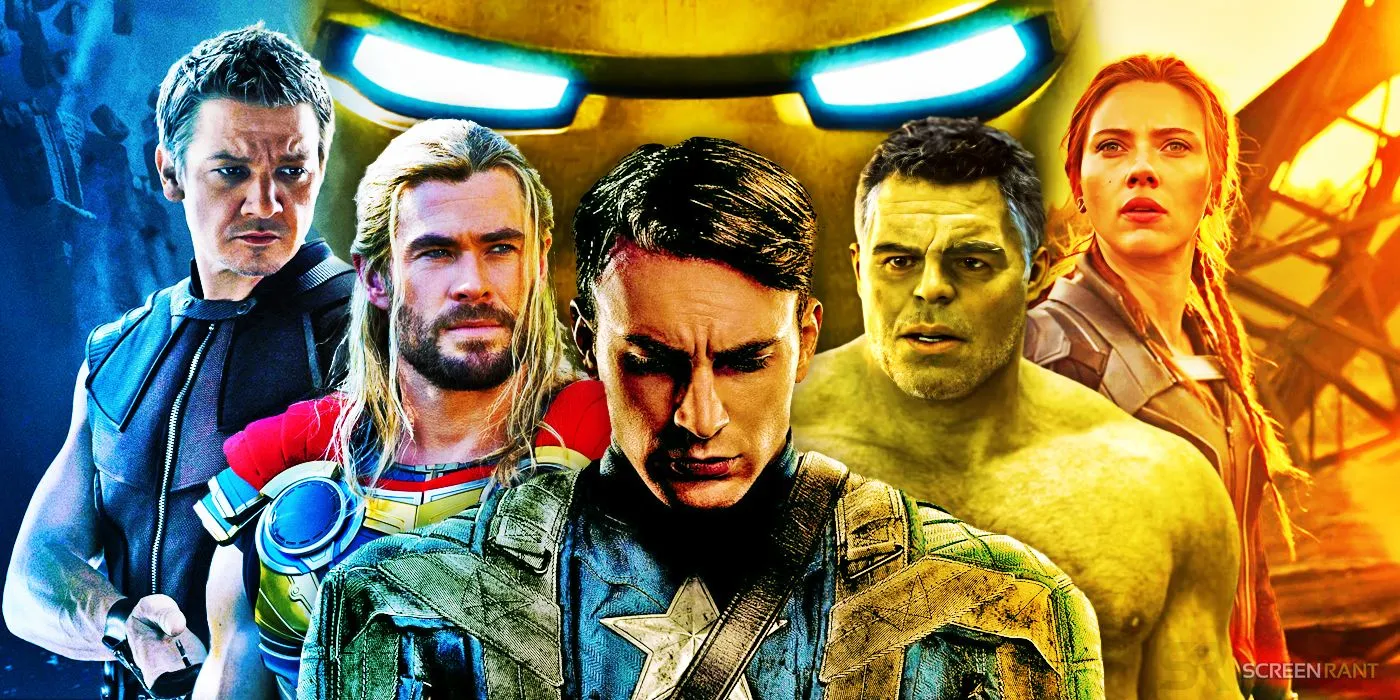
While Marvel’s fragmentation of cinematic rights enabled it to dodge bankruptcy, it also presented significant hurdles for realizing a cohesive cinematic universe, as different studios pursued their own interpretations of Marvel properties. The success of X-Men and Spider-Man validated the superhero genre’s potential, yet films like Daredevil and Hulk highlighted that not everyone could effectively translate these stories to the screen. If every Marvel movie prior to the MCU had enjoyed critical and commercial success, Marvel would likely have allowed other studios to individualize treatment for their characters.
Had studios created their own franchises around beloved characters like Iron Man, Thor, Captain America, and Black Panther, they would likely have retained film rights and pursued continuous standalone sequels and spin-offs, each within their proprietary narrative framework. Just as Fox cultivated an extensive X-Men franchise that’s distinct from Sony’s Spider-Man-focused universe, multiple studios could have independently developed Marvel characters into severe franchise competitors, effectively preventing Marvel Studios from assembling a broad array of characters required for a cohesive cinematic universe.
- Marvel’s initial film plans in 1999 paved the way for a fragmented approach across multiple studios.
- This fragmentation ultimately influenced Marvel’s ability to establish a unified cinematic universe.
- The MCU’s growth hinged on learning from early cinematic experiences and studio successes and failures.




Leave a Reply